NASA and Commercial Space Exploration: The Future of the Final Frontier
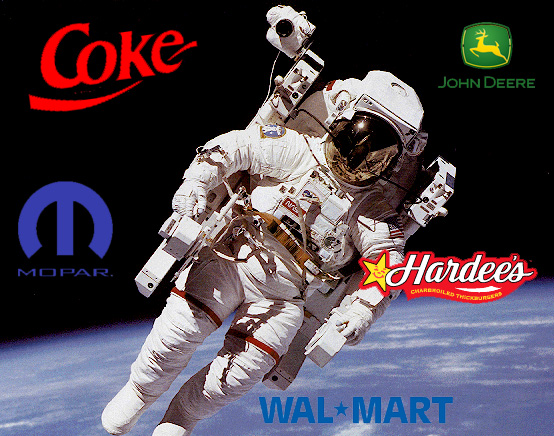
Can corporations do better than governmental agencies?
With the space shuttle due to be retired in mid-2011 after almost 20 years of service, geeks everywhere are wondering what the future of space exploration will hold. Was the Narrator of Fight Club right? Will the big corporations name everything in deep space exploration: IBM Stellar Sphere, Microsoft Galaxy, Planet Starbucks? Not exactly.

Where Will the Shuttles Go?
The Discovery
The Enterprise, which is now housed at the Smithsonian’s National Air and Space Museum’s Steven F. Udvar-Hazy Center at Dulles International Airport will move to the Intrepid Sea-Air-Space Museum in New York City. The new focal point of the Dulles exhibit will be the Discovery.
The Endeavour
The fifth and final space-faring shuttle to be built, The Endeavour was commissioned in 1987 to replace the Challenger when the cost of refitting the Enterprise proved prohibitive. It will be housed in the California Science Center in Los Angeles, California.
The Atlantis
Having orbited the Earth more than 4600 times in its 32-flight career, The Atlantis has traveled more than 120 million miles. After its final flight, scheduled for June 28th, it will be on display at the Kennedy Space Center in Florida. The Space Center has planned a 64,000 square foot, multi-level enclosure due to break ground in 2012.
With the shuttles promised to their new homes as display pieces in museums country-wide, NASA is now a knight without horses. NASA has signed contracts with two companies, SpaceX and Orbital Sciences to provide Commercial Orbital Transportation Services (COTS). This news came at great surprise to the public, most of whom had assumed that aerospace veterans Boeing and Lockheed Martin would lead the way.
The New York Times discussed the issue with both Boeing and Lockheed Martin’s skepticism in an article last year. In short, both companies have had joint ventures with NASA in the past and have lost money in the process. Infrastructures that these companies put into place have sat underused, losing even more money.
So Who is SpaceX?
Opened in 20002 by Elon Musk, co-founder of PayPal, Space Exploration Technologies Corporation is the first private company to launch, orbit, and recover a a spacecraft. This feat, accomplished in December of 2010, used an unmanned spacecraft named Dragon atop a Falcon 9 rocket. The first of three such test-runs, the capsule only carried a wheel of Le Brouère cheese. Fans of Monty Python’s Flying Circus were amused. The maiden voyage was successful, and the cheese was not harmed.
The company’s rockets and vehicles will be used in a series of space flights, including a docking with the ISS. In both 2009 and 2010, Musk has stated that a manned mission with Dragon can be expected on a two to three-year time line.
What about Orbital Sciences?
Orbital has been around since 1982 and has completed over 500 missions since its inception. The company is divided into four business divisions: space, launch, advances programs, and technical services. Each group handles various tasks such as satellites, transportation, propulsion technology, and defense systems used by the government, to name a few. Selected to provide cargo transport under the COTS agreement, Orbital will be responsible for taking supplies to the ISS using their Cygnus spacecraft on a Taurus II launch vehicle.
What Are the Other Options?
If neither of these companies are prepared in time, NASA does have alternative means of reaching the space station and completing its missions. The Russian Soyuz and Progress spacecrafts are one option, as is the European Space Agency’s Automated Transfer Vehicle. The Japan Aerospace Exploration Agency’s H-II Transfer Vehicle could also be used. Working cooperatively, payloads and crew can, in effect, book passage with other countries until private industry is ready.
Having a backup plan is a good idea, considering that the seven-year gap in manned spaceflight between 1975 and 1982 led to Skylab burning up in the atmosphere. The international space station, being a destination for several countries, won’t have the same fate.
In the future, NASA astronauts may travel to the moon, to Mars, to the space station in vehicles made by the private sector. This will save NASA money, and allow more to be done with less funding, essentially stretching the government funds allotted for space exploration. Not only does this lessen the burden on taxpayers, it will allow for more research and trips to be made. Maybe one day, space vacations will be available to the public who are less than billionaires. No matter who makes the hardware, one thing’s for certain: American will continue to boldly go for generations to come.
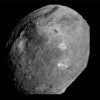



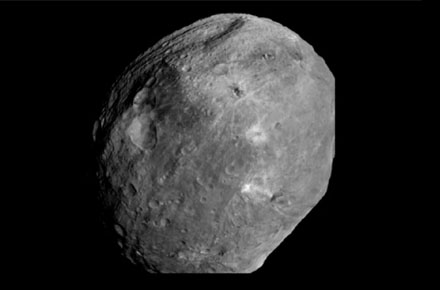
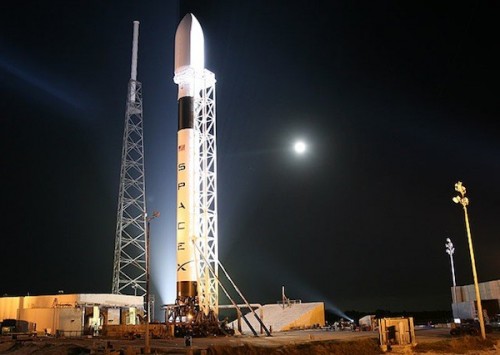




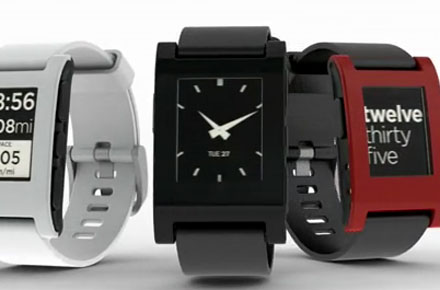
It’s a great pleasure to visit your website and to enjoy your excellent work! You have fine ideas. Really looking forward to read more! :)
Now I have something fruitful to do during my coffee breaks. This site is so wonderful. It keeps me hooked up to every post because it’s so interesting and I learn and discover new things.